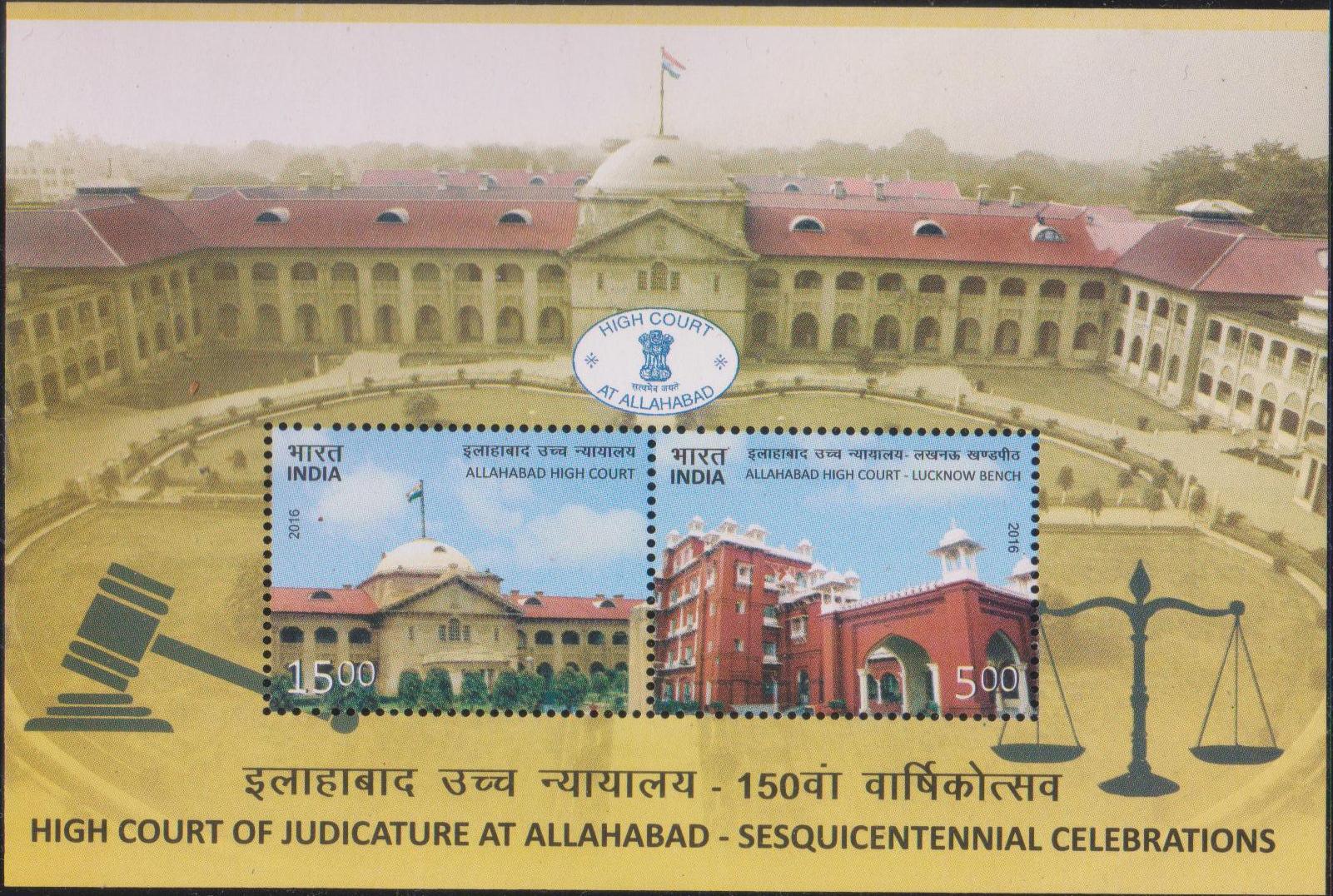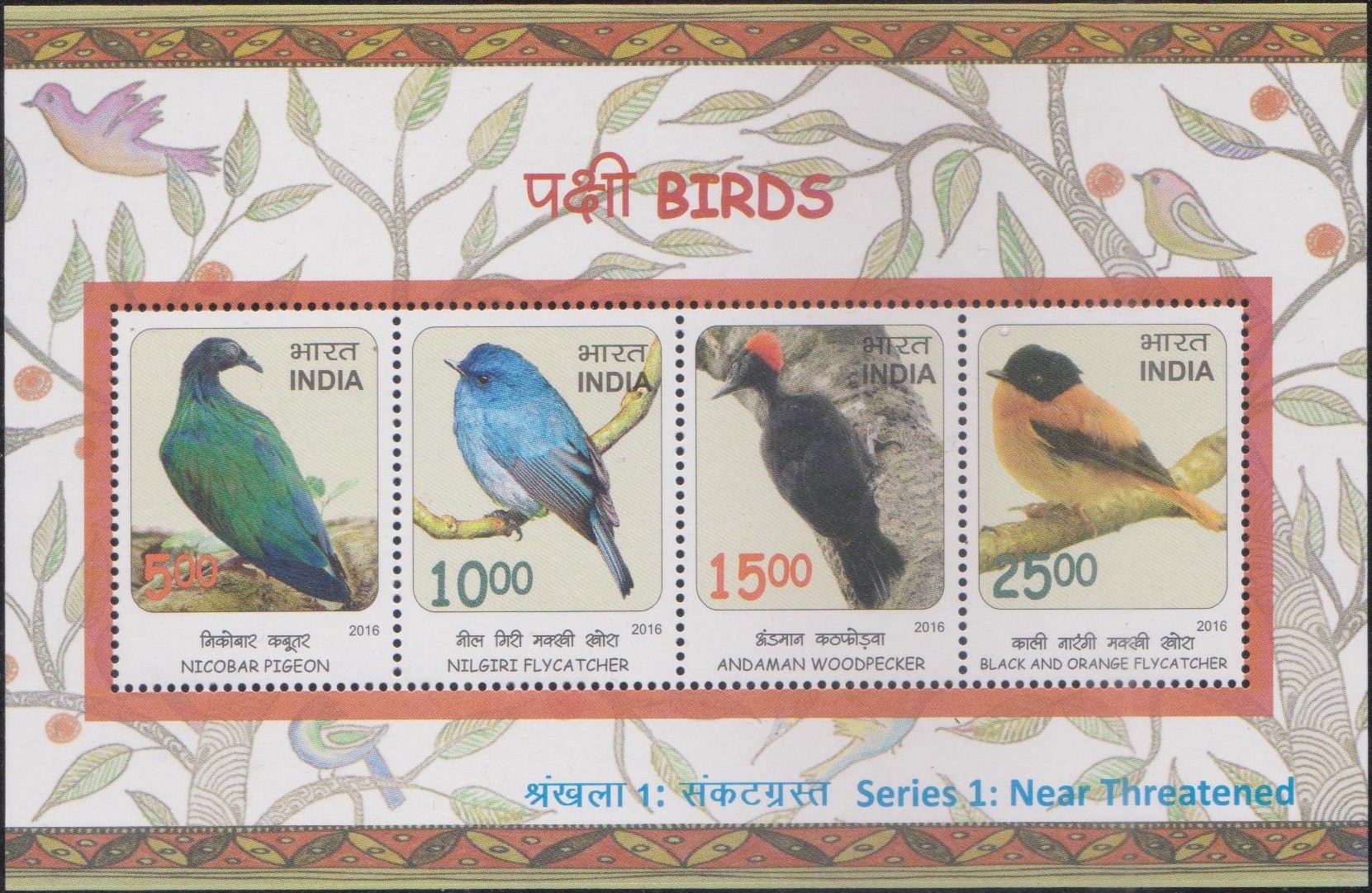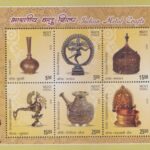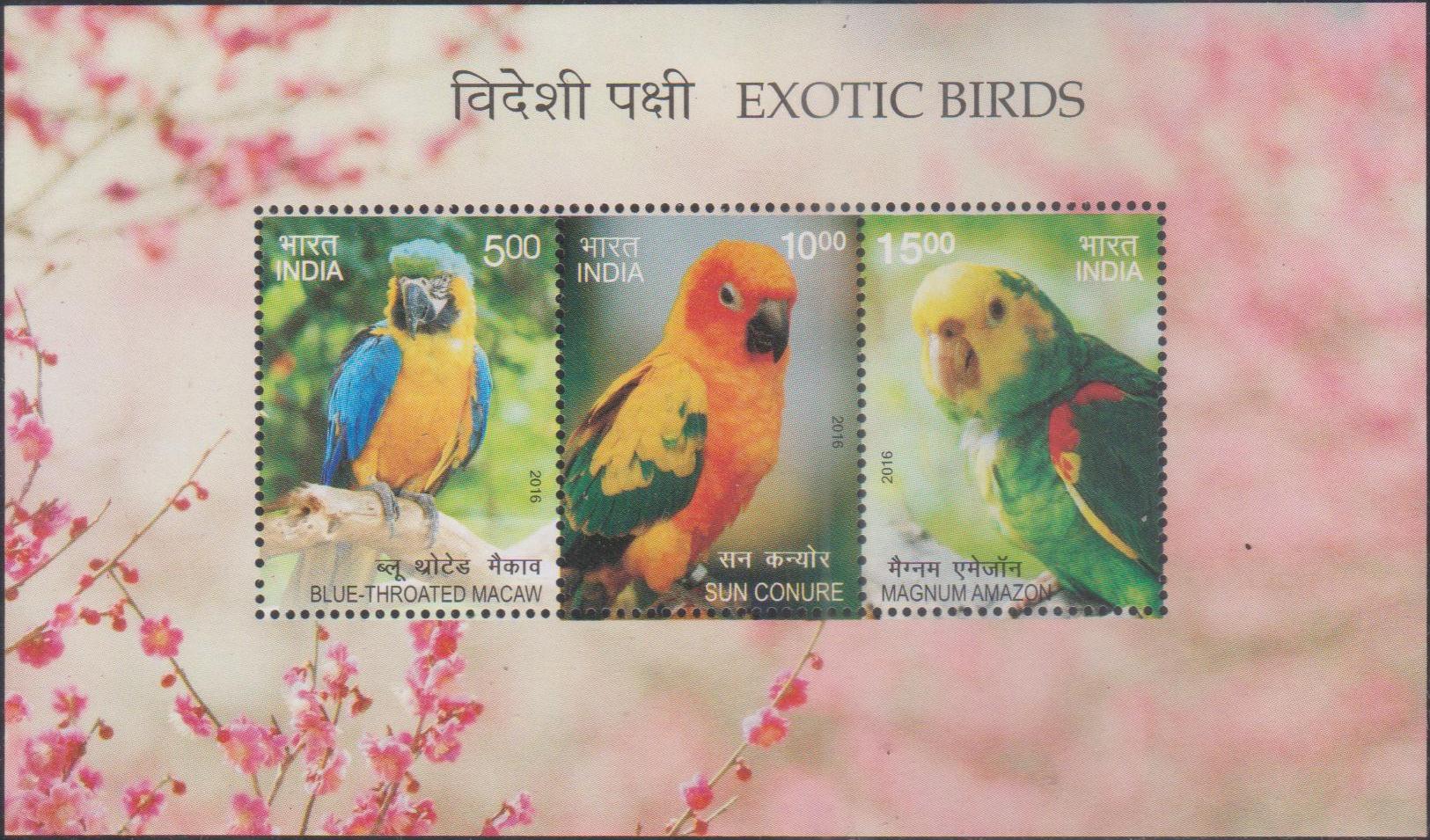
Indian Orchids 2016
A Miniature Sheet consisting of 6 nos. of commemorative postage stamp on the Orchids of India :
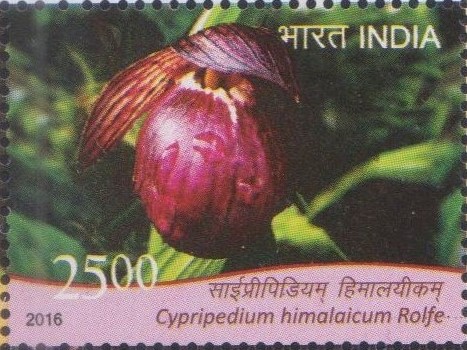
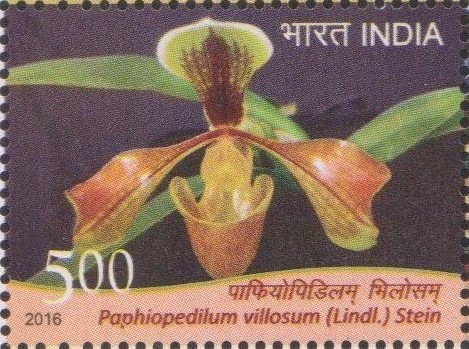
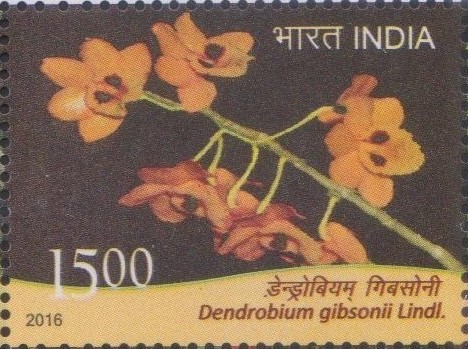
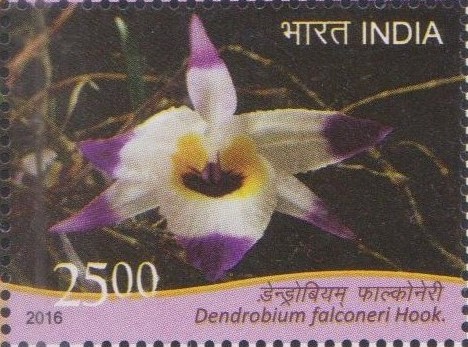
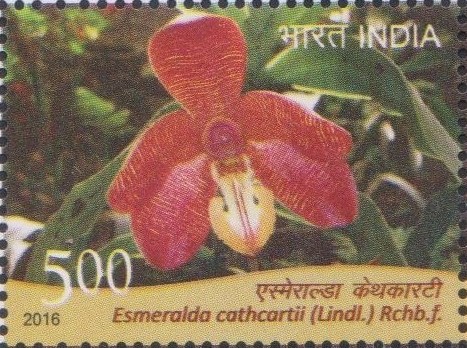
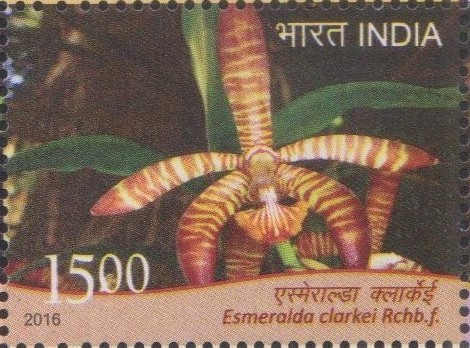
 Issued by India
Issued by India
Issued on Aug 8, 2016
Issued for : The Department of Posts is pleased to release a set of 6 commemorative postage stamps on Orchids.
Credits :
Stamp / Miniature Sheet / Cancellation Cachet : Ms. Nenu Gupta
Type : Miniature Sheet, Mint Condition
Colour : Multi Colour
Denomination : 500, 500, 1500, 1500, 2500 & 2500 Paise
Stamps Printed : 0.2 million each
Miniature Sheets Printed : 0.1 million
Sheetlets Printed : 25,250 each (6 Types)
Printing Process : Wet Offset
Printer : Security Printing Press, Hyderabad
About :
- Orchids are a large group of flowering plants that are being cultivated and appreciated the world over for their stunningly beautiful flowers of varying hues, shapes and sizes. Orchidaceae is probably the largest family of flowering plants in the world with around 28349 accepted names and are cosmopolitan in distribution barring the Arctic and Antarctic regions. In India, it stands behind Poaceae amongst the angiosperms and have nearly 1300 taxa, widely distributed from alpine to coastal regions and Islands.
- About 400 species of orchids are believed to be endemic to India with 5 endemic genera such as Aenhenrya, India, Jejosephia, Smithsonia and Xenikophyton. Some of the most showy species much used in breeding works are from India and they belong to the genera Arachnis, Ascocentrum, Cymbidium, Dendrobium, Esmeralda, Paphiopedilum, Papilionanthe, Pleione and Vanda. Like other monocotyledonous plants orchid flowers too have 3 outer sepals and 3 inner petals. But one of the inner petals gets modified into a differently looking, more colourful, sometimes even bizarre-shaped structure called lip (labellum). The inner most cylindrical structure is the fusion product of male and female sex organs called column or gynostemium. The shape of an orchid flower, in fact, is decided by these two structures. Though orchids are known for their extremely beautiful flowers, a few orchids, especially members of the subtribe Goodyerinae produce small, non-attractive flowers. However, several of them are very special with beautiful reticulate to mottled foliage for which they are often admired and called ‘Jewel Orchids‘. The complex floral structure to facilitate biotic cross pollination makes the Orchids evolutionarily more superior to other plant families. The Orchids inhabit fragile ecosystems and are extremely sensitive to their micro-environment. Their reproduction largely depends on the availability of pollinators and suitable mycorrhiza. The immense horticultural and medicinal importance, coupled with complex floral structure and life cycle of orchids have attracted the scientific community, horticulturists, commercial growers and entrepreneurs to take up orchid biology as a separate branch of science.
- The ornamental value of orchid flowers was first recognized 2000 years ago by the ancient Chinese during the period of Confucius (551-479 B.C.). The western world came to know about the decorative value of orchids only during the 19th century.
- The floriculture trade based on orchids is a growing business. The orchids have taken a significant position in cut flower industry due to their attractiveness, long shelf-life, high productivity, convenience in packing and transportation. Among flowers, orchids contribute 10% share in international trade.
- The Department of Posts is delighted to release a set of six stamps on following varieties of Orchids.
- 1. Cypripedium himalaicum Rofle [The Himalayan Cypripedium]: Cypripedium himalaicum is a very rare species, known only from a few scattered subpopulations (now severely fragmented), mostly in very small colonies in alpine and sub-alpine Himalaya. The species is subjected to various threats like overgrazing, ruthless collection, habitat loss due to trampling, deforestation etc. It is also sensitive to climate change, resulting in continuing decline of population. It has been assessed as ‘Endangered-EN‘ as per International Union for Conservation of Nature and Natural Resources (IUCN) criteria.
- 2. Paphiopedilum villosum (Lindl.) Stein [‘Villose Pahiopedilum‘]: The population size of this species has been significantly reduced in recent times due to indiscriminate collection for international trade. It has been assessed as ‘Vulnerable–VU‘ as per International Union for Conservation of Nature and Natural Resources (IUCN) criteria and included under APPENDIX-I of Convention on International Trade in Endangered Species of Wild Fauna and Flora (CITES).
- 3. Dendrobium gibsonii Lindl. [Gibson’s Dendrobium]: This Dendrobium is known for its beautiful flowers and sweet fragrance. This species have fluctuating flowering time and fruits are not seen in nature. Sometimes it produces unusually high number of inflorescence per stem.
- 4. Dendrobium falconeri Hook. [Falconer’s Dendrobium]: This Dendrobium is uniquely characterized by thin stems with swollen nodes, giving a bead-like appearance. The flowers are remarkably large and ornamental.
- 5. Esmeralda cathcartii (Lindl.) Rchb.f. [Cathcart’s Esmeralda]: This species is a Himalayan endemic and is exploited for horticultural purposes. They possess large, long-lasting vandaceous flowers and are compatible in many hybridization experiments.
- 6. Esmeralda clarkei Rchb.f. [Clark’s Esmeralda]: This is another significant vandaceous orchid, exploited for the beautiful and long lasting flowers.
- Text : Based on the material received from Botanical Survey of India.
Subscribe
Login
0 Comments



